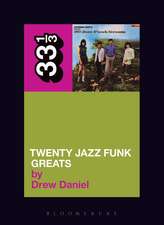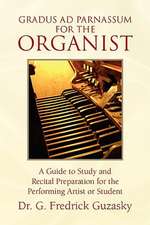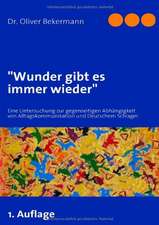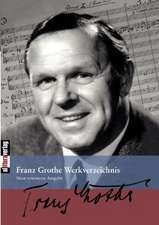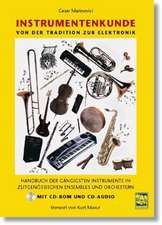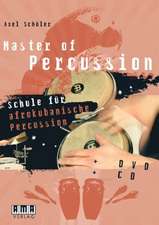Music and Trance: A Theory of the Relations Between Music and Possession
Autor Gilbert Rougeten Limba Engleză Paperback – 30 noi 1985
Ritual trance has always been closely associated with music—but why, and how? Gilbert Rouget offers and extended analysis of music and trance, concluding that no universal law can explain the relations between music and trance; they vary greatly and depend on the system of meaning of their cultural context.
Rouget rigorously examines a worldwide corpus of data from ethnographic literature, but he also draws on the Bible, his own fieldwork in West Africa, and the writings of Plato, Ghazzali, and Rousseau. To organize this immense store of information, he develops a typology of trance based on symbolism and external manifestations. He outlines the fundamental distinctions between trance and ecstasy, shamanism and spirit possession, and communal and emotional trance. Music is analyzed in terms of performers, practices, instruments, and associations with dance. Each kind of trance draws strength from music in different ways at different points in a ritual, Rouget concludes. In possession trance, music induces the adept to identify himself with his deity and allows him to express this identification through dance.
Forcefully rejecting pseudo-science and reductionism, Rouget demystifies the so-called theory of the neurophysiological effects of drumming on trance. He concludes that music's physiological and emotional effects are inseparable from patterns of collective representations and behavior, and that music and trance are linked in as many ways as there are cultural structures.
Rouget rigorously examines a worldwide corpus of data from ethnographic literature, but he also draws on the Bible, his own fieldwork in West Africa, and the writings of Plato, Ghazzali, and Rousseau. To organize this immense store of information, he develops a typology of trance based on symbolism and external manifestations. He outlines the fundamental distinctions between trance and ecstasy, shamanism and spirit possession, and communal and emotional trance. Music is analyzed in terms of performers, practices, instruments, and associations with dance. Each kind of trance draws strength from music in different ways at different points in a ritual, Rouget concludes. In possession trance, music induces the adept to identify himself with his deity and allows him to express this identification through dance.
Forcefully rejecting pseudo-science and reductionism, Rouget demystifies the so-called theory of the neurophysiological effects of drumming on trance. He concludes that music's physiological and emotional effects are inseparable from patterns of collective representations and behavior, and that music and trance are linked in as many ways as there are cultural structures.
Preț: 420.60 lei
Nou
Puncte Express: 631
Preț estimativ în valută:
80.48€ • 86.06$ • 67.10£
80.48€ • 86.06$ • 67.10£
Carte tipărită la comandă
Livrare economică 17 aprilie-01 mai
Preluare comenzi: 021 569.72.76
Specificații
ISBN-13: 9780226730066
ISBN-10: 0226730069
Pagini: 418
Ilustrații: 8 halftones
Dimensiuni: 152 x 229 x 28 mm
Greutate: 0.57 kg
Editura: University of Chicago Press
Colecția University of Chicago Press
ISBN-10: 0226730069
Pagini: 418
Ilustrații: 8 halftones
Dimensiuni: 152 x 229 x 28 mm
Greutate: 0.57 kg
Editura: University of Chicago Press
Colecția University of Chicago Press
Cuprins
Preface to the American Edition
Acknowledgments
Introduction
Part One
1. Trance and Possession
2. Music and Possession
3. Music, Shamanism, Mediumship, Exorcism
4. The Strange Mechanism
Part Two
5. Music and Trance among the Greeks
6. The Renaissance and Opera
7. Music and Trance among the Arabs
8. Conclusion
Discography
Filmography
1. Subject Index
2. Index of Religions, Sects, Divinities, and Religious Figures
3. Index of Ethnic Groups and Places
4. Index of Authors, Individuals, and Characters
Acknowledgments
Introduction
Part One
1. Trance and Possession
2. Music and Possession
3. Music, Shamanism, Mediumship, Exorcism
4. The Strange Mechanism
Part Two
5. Music and Trance among the Greeks
6. The Renaissance and Opera
7. Music and Trance among the Arabs
8. Conclusion
Discography
Filmography
1. Subject Index
2. Index of Religions, Sects, Divinities, and Religious Figures
3. Index of Ethnic Groups and Places
4. Index of Authors, Individuals, and Characters





